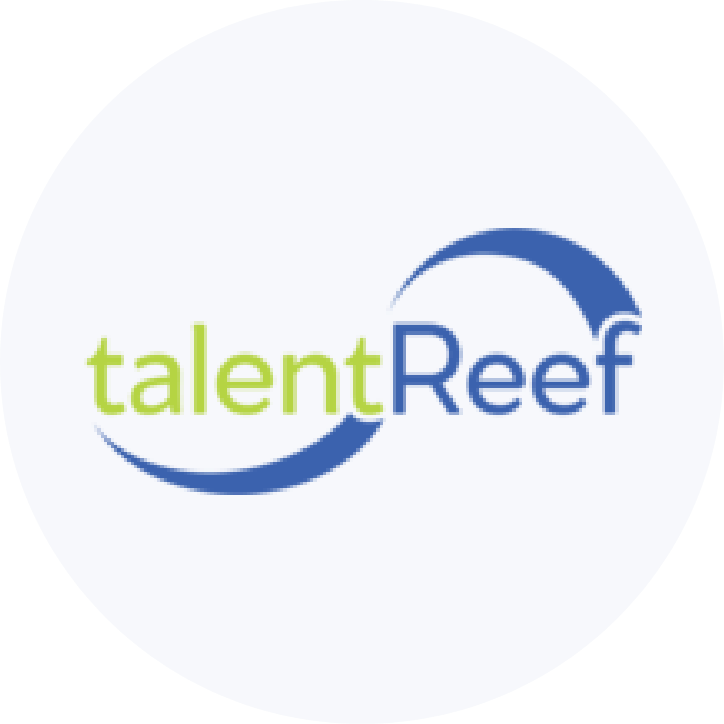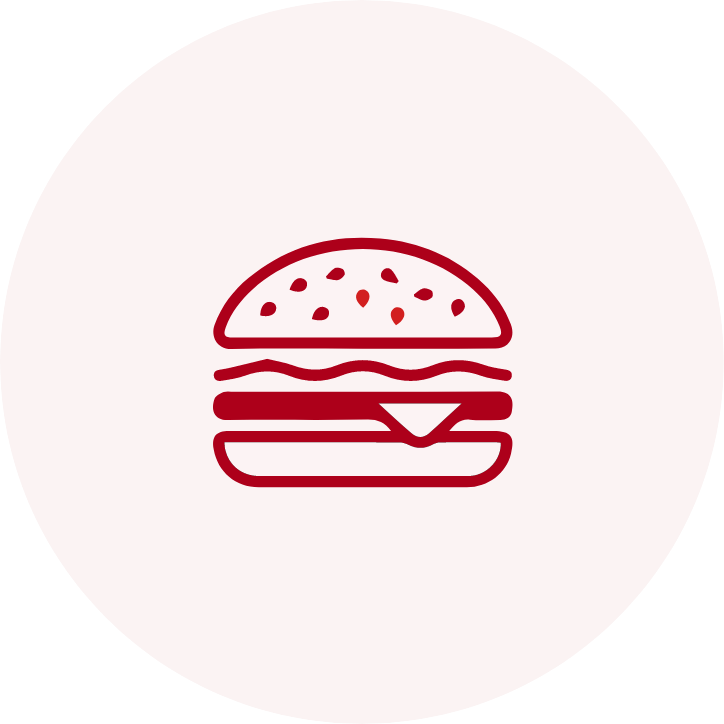The candidate experience plays a crucial role in the people who ultimately choose to work for you. Unfortunately, the traditional hiring process can be tedious and time-consuming for both employers and applicants. It also can mean the difference between a bad and excellent hire. Streamline your hiring process and ensure your candidate experience is a positive one by following these helpful tips. You’ll even learn how a tech solution reveals which applicants are the best fit, reducing time spent on the hiring process by 37%, on average.
Benefits of Hiring Faster and Making the Process Simpler
From the time an applicant sees your job posting to the minute you offer them a position at your company, the candidate experience refers to an applicant’s impression of your hiring process. You’ll be rewarded with a plethora of benefits when you take the time to streamline your current procedures:
- High-Quality Hires and Higher Acceptance Rates: Top performers only spend an average of 10 days “on the market.” They also typically receive multiple job offers. Timely communication and a simpler process empowers you to hire the best applicant before your competitors. If you want to remain competitive, you’ll need to speed up your time to hire. Otherwise, your ideal candidate will decline your opportunity for a better, faster job offer.
- Save Money: Hiring the right person from the start can save you thousands of dollars. Each bad hire can cost your business $5,864. In high turnover industries like hospitality, the cost can really add up. Avoid these expenses and an endless cycle of employee turnover when you take the time to streamline your hiring process.
- Reduce Time to Fill: A faster, simpler process means it will take less time to fill a position, empowering you to hire more people to support the rest of your team.
- Better Candidate Experience: You want to hire individuals who will speak highly of your business and continue to be engaged, productive team members. A satisfied employee is more likely to praise your accomplishments and even refer other candidates (who could turn out to be top performers).
Steps in the Hiring Process to Optimize
- Recruiting: The first step in the hiring process establishes your talent options. However, relying too heavily on recruitment can pose risks, especially during a labor shortage. Other common pitfalls include a lack of qualified candidates and failure to maintain equity, diversity, and inclusion.
- Screening: This stage of the hiring process narrows down your applicant pool as you decide which candidates you want to spend time interviewing. Problems may arise when employers feel pressured to hire candidates quickly, especially if they are understaffed. Not all candidates who excel in the screening process are the right hires.
- Interviewing: The objective of the interview is to get to know the candidate and determine whether or not they are the right fit. First impression bias, lack of communication, and failure to prepare specific questions and utilize technology are common pitfalls in this stage.
- Hiring: Taking too long to make a hiring decision can have detrimental effects. Research shows that it takes an average of 33 days — over a month! — to make a job offer after an interview, causing a 16% reduction in acceptance rates. If you want to remain competitive, you’ll need to speed up your time to hire. Otherwise, your ideal candidate will decline your opportunity for a better job offer.
- Onboarding: Effective onboarding increases employee engagement and overall job satisfaction. It’s their first real taste of what their day-to-day will look like at your business. You want your new employee to be happy and certain they made the right decision. Common pitfalls include lack of training, unclear goals and expectations, and overwhelming new hires with too much information at once.
Streamline the Hiring Process: Tips to Simplify and Accelerate
1. Assess Your Recruiting Strategies
If you have a shallow talent pool, you may not be effectively utilizing various recruiting strategies. Luckily, there are many ways you can find qualified candidates. Use popular job boards like Indeed, Snagajob, and Adzuna. Try to think like your ideal hire. Where would they be searching for employment opportunities? You’ll want to post job openings there as well. Think outside the box and don’t be afraid to seek out ideal hires yourself. You can also use social media to build your candidate pipeline. About 35% of the workforce are millennials while 30% are Gen Z — two groups who are active on social media platforms like Instagram, Facebook, Twitter, and even TikTok.
You aren’t alone in the recruiting process. Ask your current employees for referrals for candidates. Consider offering a stipend or referral bonus if the candidate is hired and stays at least 90 days. Another great way to find great candidates is to promote from within. One study found that external hires underperform in their first two years compared to internal hires. Plus, current employees are familiar with your company. You have a deeper understanding of their work ethic than you would an external candidate. Finally, reconnect with past applicants to see if they are interested in applying to your open positions, even if they declined your offer the last time. Circumstances may have changed and you never know unless you ask.
2. Optimize Your Job Listings
People spend an average of 14 seconds reading a job posting before deciding to apply. With limited time, you want to make sure your posting is informative, clear, and concise. We recommend keeping it around 100 to 300 words as postings within this range receive 8.4% more applicants per views. One of the key components your applicants will be looking for is salary details. Transparency from the beginning instills a sense of trust between employer and applicant. One study found that candidates are 67% more likely to apply when a salary is mentioned in the job description.
Suggested Reading: How to Craft Job Postings That Boost Applicant Flow
3. Make the Process Mobile-Friendly
As the number of smartphone users continues to grow, 66% of businesses are leveraging mobile-friendly processes to find the best possible hires. Be sure your job application is easy to fill out on mobile by going through the steps yourself. You may also consider using mobile recruiting tools like auto-scheduling calendars or artificial intelligence (AI) chatbots. Some tools even allow applicants to apply via text. Communication is key and texting dramatically reduces time to hire.
4. Communicate Often, Communicate Quickly
The last thing you want is to lose top talent simply because you took too long to respond. Whether you text, email, or call, reply to good candidates quickly. Consider asking your applicant their preferred method of communication — everyone is different! Also, be transparent with your timeline. Let candidates know when they can expect to hear back, where they are in the hiring process, and how long it will take to come to a decision. Finally, avoid ghosting. No one enjoys waiting around for a business to communicate whether or not they were hired or have moved to the next stage in the hiring process.
5. Pre-Screen Candidates
Why waste time interviewing the wrong people? Pre-screen applicants to determine whether or not they meet the basic requirements you desire in your ideal hire. This includes background checks, drug tests, and pre-interview questions. For example, you might ask a few easy-to-answer questions on your initial job posting like “Can you lift 50 pounds?” or “Are you at least 18 years old?” to eliminate hires who likely wouldn’t succeed in the first place. You might even conduct a 20-minute phone interview to gauge an applicant’s interest in your organization.
Many businesses in the hourly workforce have started using Sprockets — a hiring solution that predicts applicant success based on shared personality traits between a company’s current top-performing employees and potential hires. Incoming applicants simply answer a three-question pre-screening assessment and receive a score of one through ten. Those who score closer to a ten will fit in with your company culture, be engaged employees, and stay long-term. The Sprockets platform is proven to increase employee retention by 43% and will save you time, money, and one heck of a hiring headache.
6. Be Intentional With Interview Questions
Once you’ve conducted a pre-screening and decide you want to move forward with a candidate, it’s time for the interview. Use this time to share more about your company, rather than learning more about the applicant. Remember, candidates are evaluating your organization, too. In a sea of over 10 million job openings, they want to know why they should invest their time and experience in your business. Don’t be afraid to get creative and instill excitement to increase candidate engagement.
A streamlined interview process should also include specific questions that you feel will help you make an informed hiring decision. Try not to ask questions that can easily be answered in a resume or quick LinkedIn search — do your research! You’ll also want to ask questions that help you understand an applicant’s soft skills. For example, if you want someone on your team with strong problem-solving skills, you might ask: Can you tell us about a time you were faced with a challenge that you had never experienced before?
Streamline Your Hiring Process with Sprockets
The bottom line is that a streamlined hiring process makes for a better candidate experience. Sprockets’ simple solution is proven to reduce time spent on the hiring process by 37%. And, there’s no need for resumes or even interviews! Why? Our platform instantly reveals which applicants will succeed and stay long-term like a business’s current top performers, empowering owners and operators to make the right hiring decision every time. It’s even trusted by top brands like Chick-fil-A, Taco Bell, and Papa John’s.






























